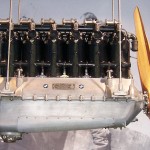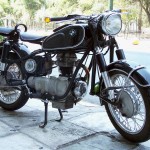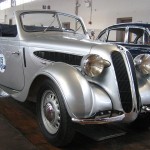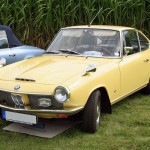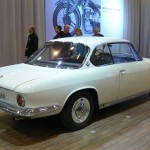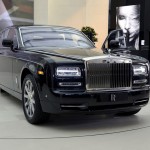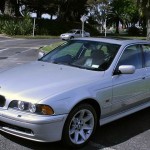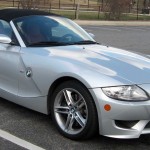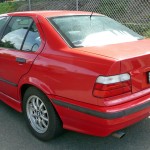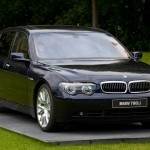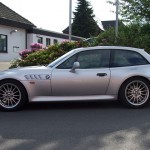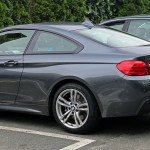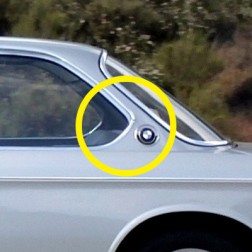Aircraft Beginnings
Those who know the history know, but those who don’t might find it surprising that BMW started out as an aircraft engine manufacturer. BMW was established as a business entity following a restructuring of the Rapp Motorenwerke aircraft manufacturing firm in 1916.
In 1913 Karl Rapp established Rapp Motorenwerke near the Oberwiesenfeld to supply four-cylinder aircraft engines. He later also manufactured V12 engines for Austro-Daimler and worked closely with their supervisor Franz Josef Popp who oversaw engine quality in Munich. Seeing the potential, Popp became more involved in the overall management of the company and eventually on March 7th, 1916 Rapp Motorenwerke became Bayerische Motoren Werke GmbH. Their first order of business was to hire Max Friz, who was a young aircraft engine designer and engineer at Daimler. The following year, Friz would design the most sophisiticated aircraft engine to date, the now famous BMW IIIa.
With the company name change, a new logo was devised and the famous BMW trademark is designed and patented at this time. They stayed true to the original design by Karl’s brother, Ottmar Rapp, and the company name was placed in a black circle, while the the blue and white panels of the Bavarian national flag were placed in the centre. It was only in the 1920s that the logo lent itself to a different design interpretation of a rotating propeller which consequently turned the original idea as somewhat of an unknown trivia to many today.
The outcome of the first World War in 1918 resulted in BMW being forced to cease aircraft-engine production by the terms of the Versailles Armistice Treaty. After restrictions of the treaty started to be lifted in 1923, the company turned to Motorcycle production. But once more during World War II, BMW would return to manufacturing aircraft engines.

